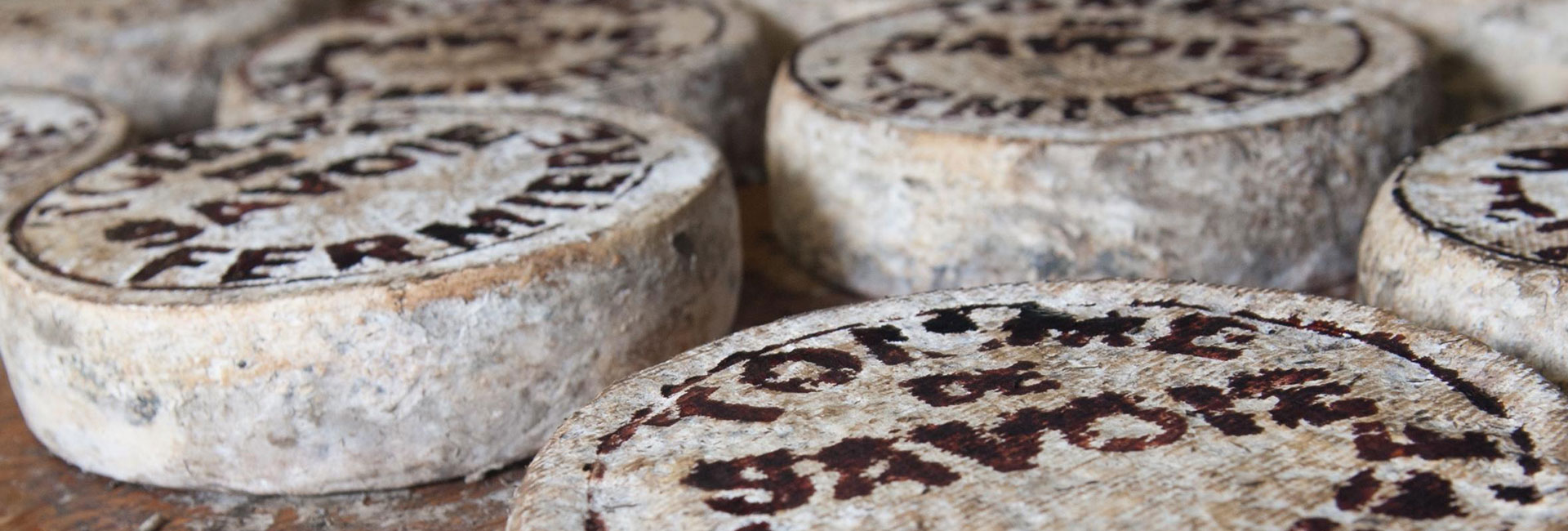SEO for France can be tricky because of the French language’s many nuances and character expansion that comes with localization. Keep these tips in mind as you develop an SEO strategy in France.
Here’s the good news: from a technical point of view, French SEO is pretty straightforward.
That’s because the French use Google almost exclusively – with a market share of 91.48%, you don’t need to worry about differing search tactics to succeed in this market.
However, you still need to refine your SEO strategy. When it comes to the French language, in particular, any mistake (no matter how small) could turn customers away.
The French language’s many nuances can impact your French localization and SEO strategy. Here are three things to keep in mind:
1. TECHNICAL CONSIDERATIONS
French language is essential to optimizing your site for a French audience. And this doesn’t just apply to page copy.
Having French URLs and French domain names will boost your rankings and credibility with French audiences. For example, www.mapetiteboutique.fr would be a better URL than www.mylittleshop.com. Taking this approach, however, should form part of your technical strategy when creating a site structure that scales as you grow internationally.
Don’t forget to localize meta tags as well. Metadata is often overlooked in the localization process for sites that have been translated from English into other languages. From an SEO and user-experience perspective, this is a dead giveaway that a site isn’t effectively localized for its intended international audience. Keep in mind, though, that on average French words are 25% longer than in English.
This often means that a direct translation of a meta description, for example, won’t work because of the tag’s character limit. From a linguistic perspective, it may be better to write French web copy from scratch – or to transcreate your source copy to deliver an authentic and engaging experience to French users. From an SEO perspective, this makes local keyword research even more important. You can’t trust your site performance in-market to a purely linguistic decision about appropriate language and terminology in representing your brand in-country.
A localization process that combines local keyword research based on local trends with a professional in-country linguistic process is best. The result is engaging content with naturally integrated keywords that increase your chances of being found by potential customers.
2. SEARCH BEHAVIOR
93% of French people overwhelmingly prefer French websites. And 43% of online search is in French. So if you want your French site to be both searchable and engaging, you need to localize and optimize it.
While the French alphabet contains a number of accented characters such as é, ù, â, and ï, French speakers don’t tend to use accents when searching online. Search engines, including Google, don’t handle this consistently. For example, if a user types “premiere” rather than “première,” Google normalizes the acute accent (è) in its search results. However, the search engine isn’t as forgiving with other French accented characters.
This search nuance can impact your ranking on google.fr. For example, the search term “cinema paris” returns 199,000 French results, whereas “cinéma paris” returns 276,000 results.
Keyword research is crucial to determine the extent to which accented or non-accented versions of search terms affect your content strategy. In titles and body copy, you should always ensure the proper use of accented characters to preserve linguistic accuracy or, where possible, opt for more popular non-accented terminology. This approach helps boost quality and credibility for your brand while optimizing your content for French search.
3. USER EXPERIENCE
Once you’ve driven traffic to your site, an important factor for French SEO is engagement with the content. The French market is particularly sensitive about linguistic accuracy and the protection of French language and culture. According to the CSA, 79% of French consumers are more likely to engage with content in their own language, but 40% would rather see English than a poor translation. So, if you’re marketing to a French audience, direct translation simply won’t cut it.
When it comes to translating product names and other key terminology, there may be more than one possibility. Keyword research will be vital to making an informed decision that is both linguistically authentic and search-relevant.
The tone of your content says a lot about your brand, as well. In French, tone and style are very clearly represented in the construct of the language. For example, there are two ways of saying “you.”
Tu is a more casual, singular form. While this is typically used to talk to a friend or family member, brands are increasingly choosing this form to draw in younger users and present a more personable tone of voice.
Vous is the formal, singular (or, if speaking to a group of people, the only plural) form of “you.” Traditionally, it’s more common for brands to use this term since the French prefer formality in business.
If you do opt for tu, make sure it’s a conscious decision in conveying your brand and that it’s in line with your brand’s personality. It may make sense for a rebellious youth fashion brand to adopt tu in its messaging. On the other hand, vous would be the better choice to appeal to a banking customer.
FINAL THOUGHT
The challenge with French SEO is, in many ways, more linguistic than technical. The steps are similar to the ones you’d take to optimize any second-language site. However, you will engage more customers with a keen sensitivity to the French language. Taking the time to get this right will ensure that your French SEO efforts are spot on.


